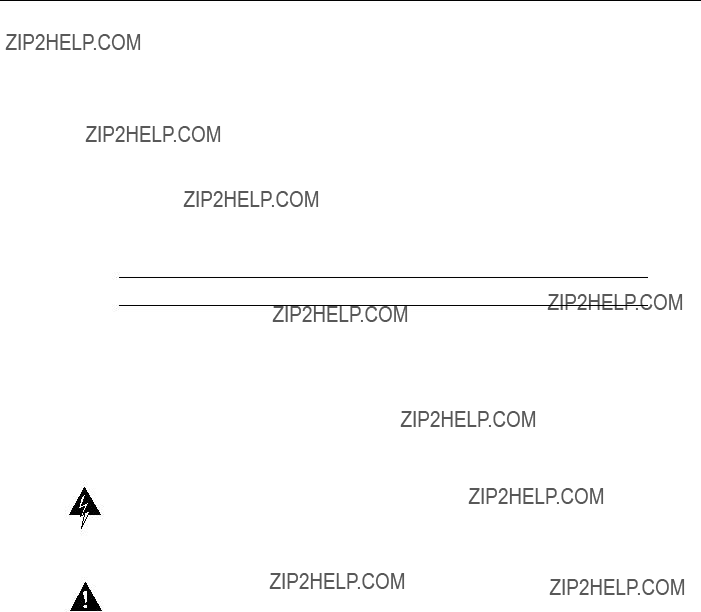???Subnet mask for the NP???s Ethernet address
The subnet mask for the NP???s Ethernet address speci???es which portion of the IP address is the network number and which portion is the host ID. This mask is the same for all nodes on the Ethernet LAN attached to the primary NP. You can obtain the subnet mask from the Ethernet LAN administrator.
???Default router (only if needed for reaching the NMS)
If an Ethernet LAN is attached to the primary NP, but the NMS is not directly connected to that Ethernet LAN, a default router can be con???gured as the means for communicating network management traf???c between the NP and the NMS. The IP address for the default router has the same network number as the attached Ethernet LAN (this number must be different from the network number of the LS2020 network). The IP address for the default router also has a host number assigned by the Ethernet LAN administrator.
If you plan to operate with a single physical LS2020 network under your network number and the LS2020 network is a class C network, record 255.255.255.0 as the subnet mask. (For a class B network without subnetting, record 255.255.0.0 as the subnet mask; for a class A network without subnetting, record 255.0.0.0 as the subnet mask.)
Network management can also be accomplished by means of an Ethernet LAN connected to an ordinary Ethernet data port (that is, an Ethernet access card port) on the LS2020 node. The NMS, however, must be attached directly to that Ethernet LAN. In this case, do not con???gure the NP???s Ethernet address or default router address. Furthermore, in the current release, to provide access control over Ethernet ports that can be used by an NMS, a port con???guration parameter has been added which allows you to specify whether IP traf???c destined for an NP is forwarded or blocked. This con???guration parameter, lsLanPortNPTraf???cFilter, determines whether or not inbound frames received on an Ethernet port are delivered to any NP in the network. The default value of this parameter for all access card Ethernet LAN ports is to block IP traf???c to an NP. Therefore, you must explicitly set this parameter, on a port-by-port basis, to forward traf???c to an NP. The Ethernet ports on the NP access cards remain unaffected in the current release, that is, these ports always pass IP traf???c to the NP.
For detailed information about con???guring Ethernet port attributes, see the LightStream 2020 Con???guration Guide. For detailed information about IP addresses, subnet masks, and network classes, see the LightStream 2020 Site Planning and Cabling Guide.
Trunk Port Information
For each trunk port that you con???gure, the following information is required:
???The trunk card type: low speed (T1/E1 rate), T3, E3, or OC-3c
???The number of the chassis slot in which the trunk card is located
???The port number (except on an OC-3c card, which has only one trunk port)
???Additional port information needed varies, depending on the type of port being con???gured, as indicated below:
???For a low-speed trunk port, specify the DTE/DCE type and DTE or the DCE bit rates.
???For a T3 trunk port, specify the line type (C-bit parity or clear channel), the cable length
(0 ??? 450 feet or 450 ??? 900 feet), and the cell payload scrambling mode (enabled or disabled).
???For an E3 trunk port, specify the cable length (0 ??? 400 feet, 300 ??? 1000 feet, 800 ??? 1300
feet, or 1100 ??? 1900 feet) and the cell payload scrambling mode (enabled or disabled).
???For an OC-3c trunk port, specify the clocking mode (internal or external).





 cover)
cover) AC power tray
AC power tray
 ESD jack
ESD jack












 AC power tray
AC power tray
 Power switch/
Power switch/ 
 circuit breaker
circuit breaker

 H3690
H3690























